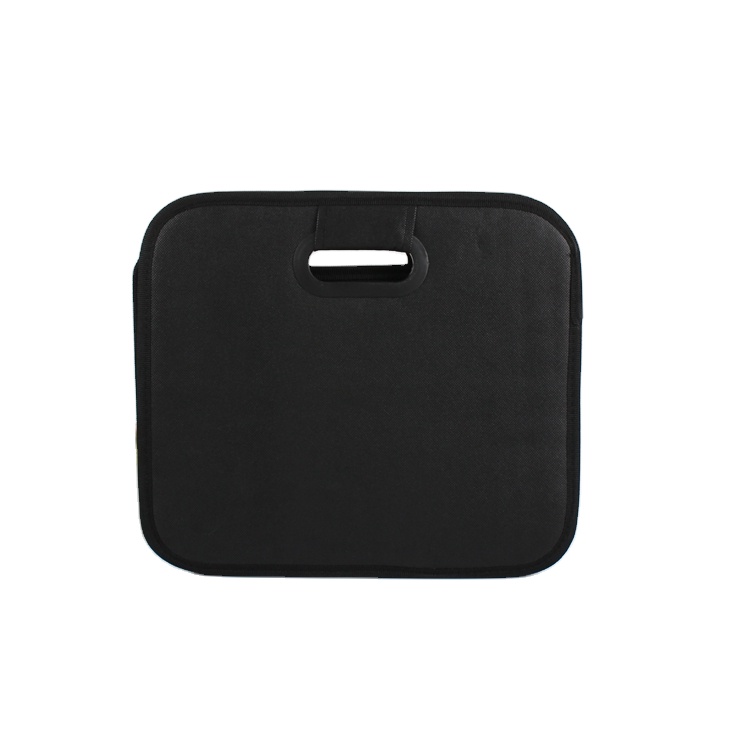Production process of non-woven bags
2023-10-17
The production process of non-woven bags involves several steps:
1. Material selection: The first step in the production process is to select the appropriate raw material. Non-woven bags are made from polypropylene (PP), which is a thermoplastic polymer that is commonly used in the production of non-woven fabrics.
2. Preparation of raw material: The polypropylene resin is melted and extruded into long, continuous filaments. These filaments are then spun into a web-like material using a process called meltblowing. The resulting material is a non-woven fabric.
3. Cutting and shaping: The non-woven fabric is then cut and shaped into the desired size and shape of the bag.
4. Printing: The non-woven fabric can be printed with custom designs or logos using a process called screen printing.
5. Assembly: The cut and printed non-woven fabric is then assembled into the final product by sewing or heat sealing.
6. Quality control: The finished non-woven bags are inspected for quality and any defects are identified and corrected.
7. Packaging and shipping: The finished non-woven bags are then packaged and shipped to customers.

Overall, the production process of non-woven bags is relatively simple and involves a few key steps, including material selection, preparation, cutting and shaping, printing, assembly, quality control, and packaging and shipping. The use of polypropylene resin and the meltblowing process are key features that differentiate non-woven bags from other types of bags.


